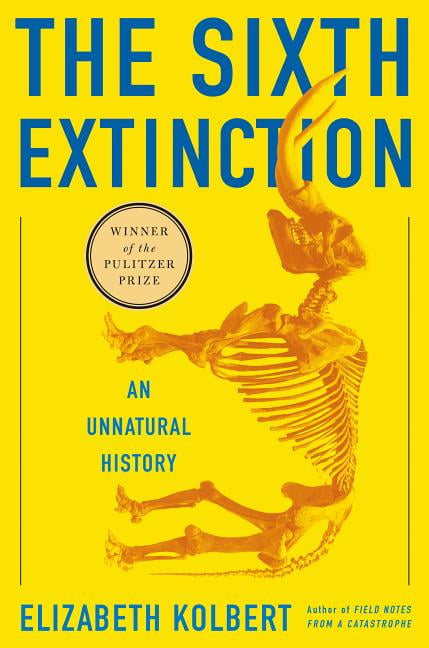
Serious declines in populations of species are an indicator that the ecosystem is breaking down, warning of a larger systems failure.Ĭurrently, the species extinction rate is estimated between 1,000 and 10,000 times higher than natural extinction rates-the rate of species extinctions that would occur if we humans were not around. Monitoring these trends is vital because they are a measure of overall ecosystem health.

And the potential for species extinction rises. When one species goes extinct in an ecosystem or its population numbers decline so significantly that it cannot sustain its important function, other species are affected, impacting the way the ecosystem functions and the benefits it provides.

A single species interacts with many other species in specific ways that produce benefits to people, like clean air, clean water, and healthy soils for efficient food production. Species do not exist in isolation they are interconnected. Why should we care about mass extinction? The intertwined relationships among the food system, climate change, and biodiversity loss are placing immense pressure on our planet. Increased droughts and floods have made it more difficult to maintain crops and produce sufficient food in some regions. It also exacerbates the challenges associated with food production that stress species, while creating conditions that make their habitats inhospitable. The climate crisis is causing everything from severe droughts to more frequent and intense storms. To make matters worse, unsustainable food production and consumption are significant contributors to greenhouse gas emissions that are causing atmospheric temperatures to rise, wreaking havoc across the globe. It’s evident that where and how food is produced is one of the biggest human-caused threats to species extinction and our ecosystems. Agriculture is also responsible for 90% of global deforestation and accounts for 70% of the planet’s freshwater use, devastating the species that inhabit those places by significantly altering their habitats. Unlike previous extinction events caused by natural phenomena, the sixth mass extinction is driven by human activity, primarily (though not limited to) the unsustainable use of land, water and energy use, and climate change. Currently, 40% of all land has been converted for food production. What’s causing the sixth mass extinction?


 0 kommentar(er)
0 kommentar(er)
